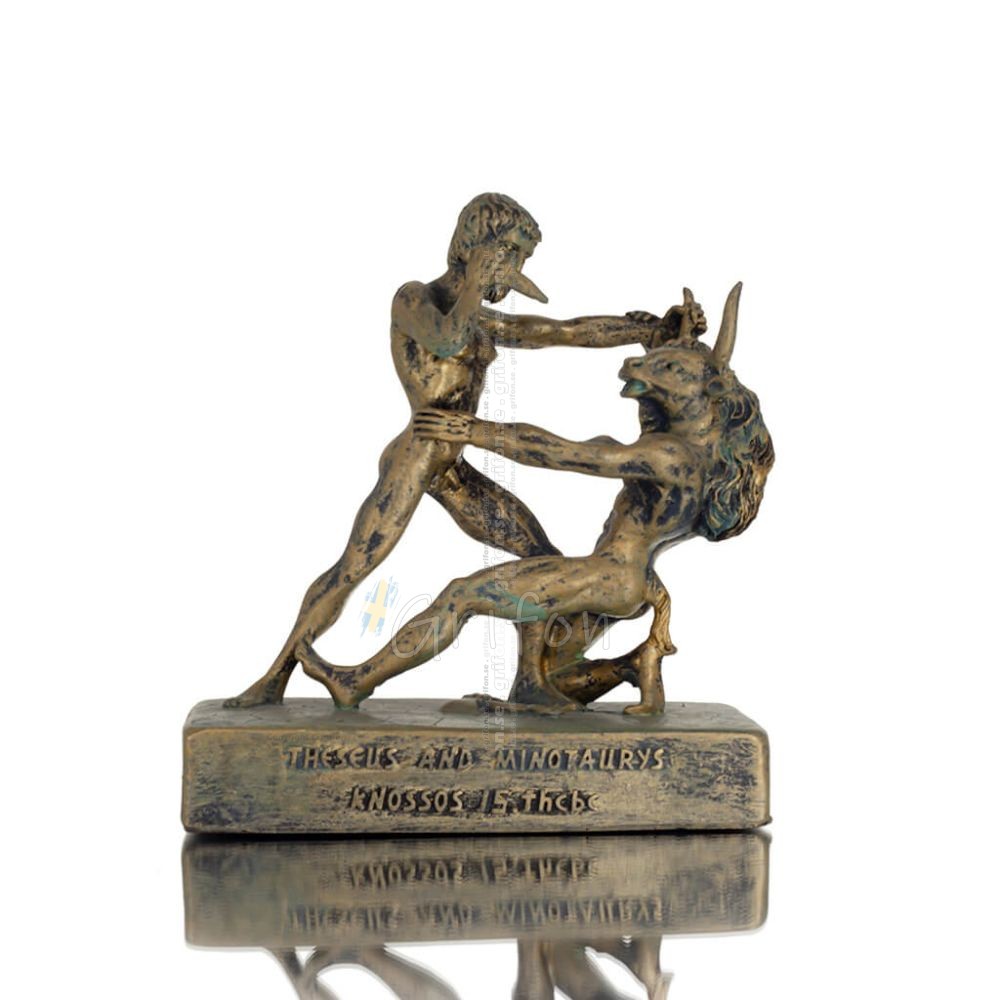- Out-of-Stock


Our Privacy Policy explains our principles when it comes to the collection, processing, and storage of your information. This policy specifically explains how we employ cookies, as well as the options you have to control them.
Cookies are small pieces of data, stored in text files that are stored on your computer or other device when websites are loaded in a browser. They are widely used to "remember" you and your preferences, either for a single visit or for multiple repeat visits
We use cookies for a number of different purposes. Some cookies are necessary for technical reasons; some enable a personalized experience for both visitors and registered users; and some allow the display of advertising from selected third party networks.
Visitors may wish to restrict the use of cookies or completely prevent them from being set. If you disable cookies, please be aware that some of the features of our service may not function correctly
We only collect information about you if we have a reason to do so-for example, to provide our services, to communicate with you, or to make our services better.
We are committed to maintaining the trust and confidence of our website visitors. We do not collect, sell, rent or trade email lists or any data with other companies and businesses. Have a look at our Privacy Policy page to read detail information on when and why we collect your personal information, how we use it, the limited conditions under which we may disclose it to others and how we keep it secure.
We may change Cookies and Privacy policy from time to time. This policy is effective from 24th May 2018.
Theseus and Minotaur
Androgeus, son of Minos, had been killed by the Athenians, who were jealous of the victories he had won at the Panathenaic festival. Others say he was killed at Marathon by the Cretan Bull, his mothers former taurine lover, whom Aegeus, king of Athens, had commanded him to slay. The common tradition holds that Minos waged and won a war to avenge the death of his son. Catullus, in his account of the Minotaurs birth, refers to another version in which Athens was "compelled by the cruel plague to pay penalties for the killing of Androgeon." Aegeus had to avert the plague caused by his crime by sending "young men at the same time as the best of unwed girls as a feast" to the Minotaur. Minos required that seven Athenian youths and seven maidens, drawn by lots, be sent every seventh or ninth year (some accounts say every year) into the Labyrinth to be devoured by the Minotaur.When the third sacrifice approached, Theseus volunteered to slay the monster. He promised his father Aegeus that he would put up a white sail on his journey back home if he was successful, but would have the crew put up black sails if he was killed. In Crete, Minos daughter Ariadne fell madly in love with Theseus and helped him navigate the labyrinth. In most accounts she gave him a ball of thread, allowing him to retrace his path. According to various Classical sources and representations, Theseus killed the Minotaur with his bare hands, his club, or a sword[ He then led the Athenians out of the labyrinth, and they sailed with Ariadne awayfrom Crete. On the way home, Theseus abandoned Ariadne on the island of Naxos and continued to Athens. He neglected, however, to put up the white sail. King Aegeus, from his lookout on Cape Sounion, saw the black-sailed ship approach and, presuming his son dead, committed suicide by throwing himself into the sea that is since named after him. This act secured the throne for Theseus.
Data sheet
Specific References
No customer reviews for the moment.
You might also like